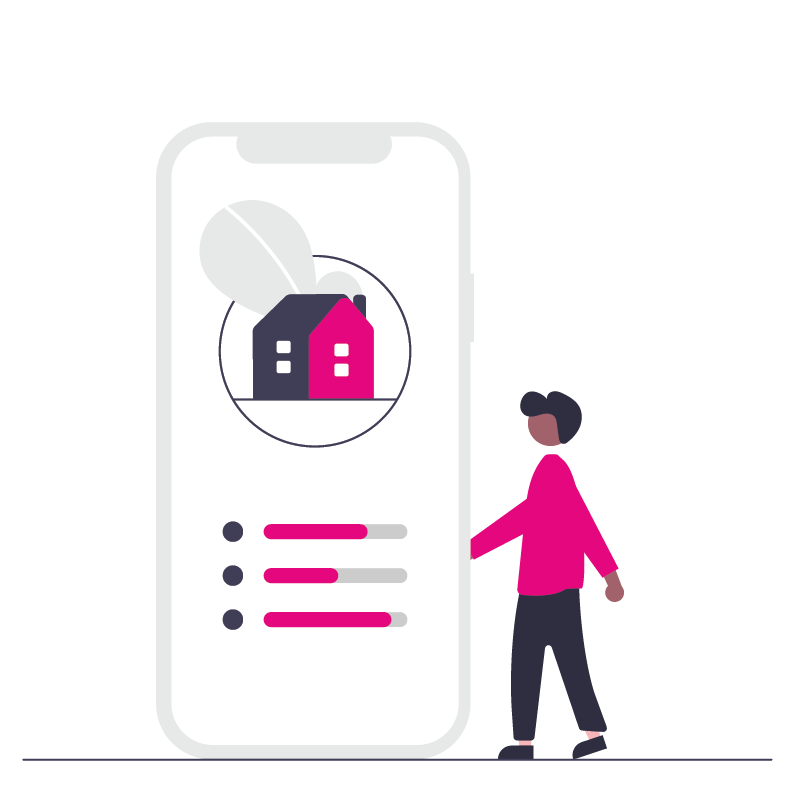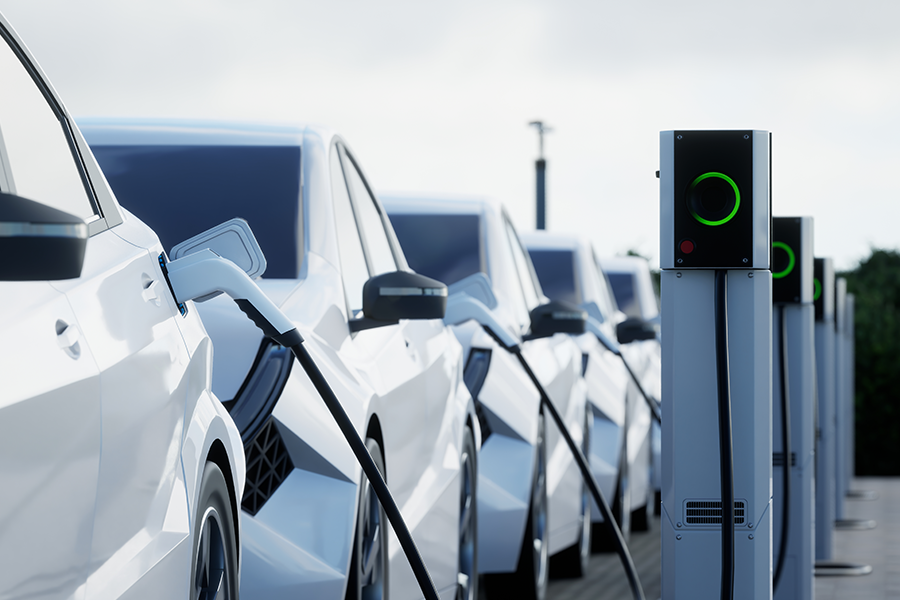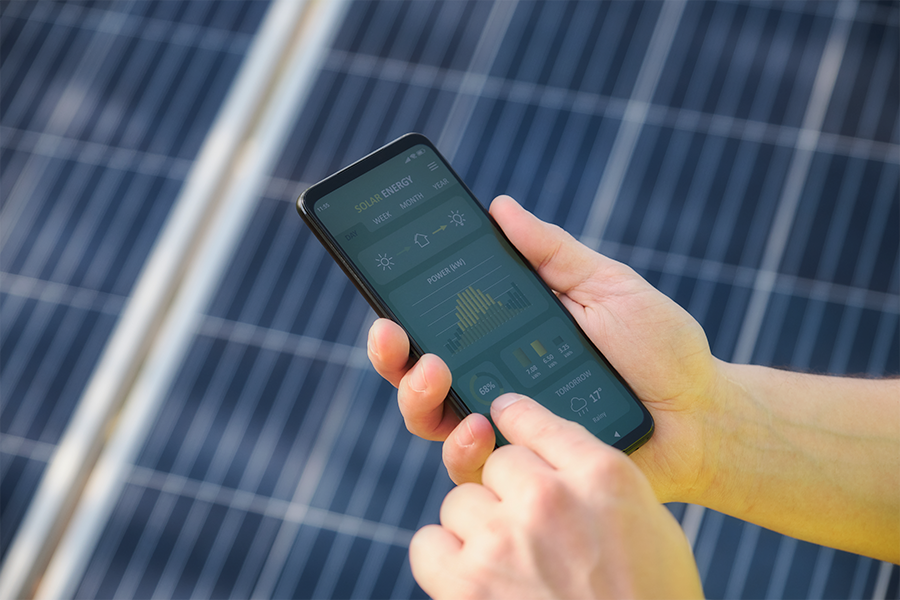How utilities can leverage data and AI for quicker time to market and happier customers
The energy industry is increasingly competitive and its technologies are constantly evolving.
Therefore, it’s more important than ever for you as a utility to recognize exactly what your customers want and how best to deliver it . Today’s customers are more educated and demanding than ever before. This, paired with increasing energy costs, means customers are always on the lookout for a utility that can provide them with the best deal, service, or features.

Both commodity and non-commodity
As a utility you may struggle to select, adopt, and deliver the most technologically advanced products to excite and engage your customers and help them keep their bills manageable. This is particularly challenging in such a fast-paced sector where technology continues to advance rapidly. Fortunately, forward-thinking utilities can leverage the power of data to help identify opportunities and implement strategies ahead of the competition.
This can take two forms: commodity and non-commodity. From the commodity perspective, you can use artificial intelligence (AI) to identify trends in demand from customer usage or contract data and build new tariffs. They can also use technology to model the impact of such a product on usage, revenue, and billing. This ability to accurately forecast the efficacy of a new product adds crucial agility and responsiveness to your customer offering. It also makes your customers feel that you understand them and are focused on their needs.
Emerging non-commodity products
Amidst the increasing demand for sustainable energy, many consumers are seeking ways to self-generate energy to mitigate increasing retail energy costs.
Distributed energy resources such as solar panels, windmills, and industrial batteries are growing in popularity but do require significant investment and maintenance. If you identify a trend amongst your customers toward adopting self-generation energy resources, this may signify a mutually beneficial opportunity.
You can, for example, offer leasing solutions for solar panels, including installation and maintenance as options. These can either be billed as one-off costs or as a monthly service charge. A wide range of possibilities exist to utilize data to provide a hybrid charging solution whereby consumer costs are offset by the user selling a portion of their self-generated electricity back to the utility. Once again, you can leverage AI to model the broader impact on your customers’ billing and rates, adjusting your buy-back rates accordingly. By allowing your customers to configure the products that best suit their unique situation, perhaps with an online tool on your portal, you can provide them with visibility to their costs and benefits, putting them in control of their energy journey.
There are other opportunities for non-commodity innovations that align with customers’ lifestyles and enable you to position your brand as a key component of it, such as EV chargers and car-sharing schemes. These can help you evolve from being merely an energy retailer to a truly renewable service partner.

The key to understanding your customers
The key to all of this is data. Understanding your customers, their lifestyles, and their needs will help you develop products that inspire loyalty and attract new customers. You can gather this data through many channels, such as smart meters or through insights gleaned from customer service interactions. If employed correctly, these insights can enable you to quickly devise, launch, and optimize products and services.
Continue Reading
Transforming energy suppliers into solution providers: 5 key strategies
In today's fast-paced world, energy suppliers must evolve into comprehensive solution providers. Discover five key strategies to lead this evolution.
3 ways AI is transforming how utilities serve customers
Discover how Microsoft's Copilot AI, a natively integrated component of our UMAX CIS/CRM, can enhance customer experience, alleviate demand on your customer service teams, and boost operational efficiency.
Transforming Energy Management in Utilities: how to put your customers in control
Discover 3 actionable strategies energy suppliers can implement to empower their customers and drive a paradigm shift in energy management.




